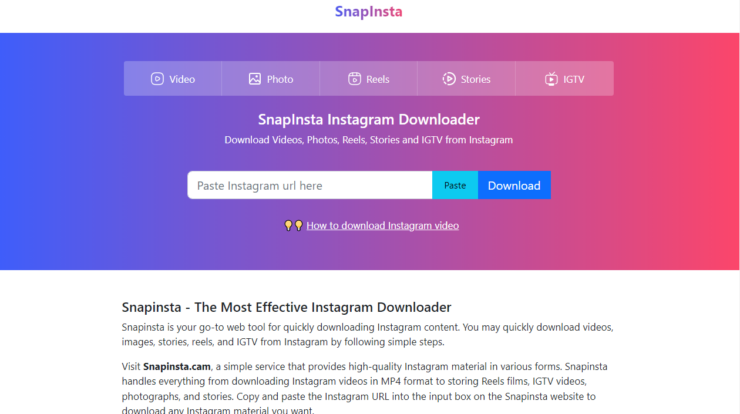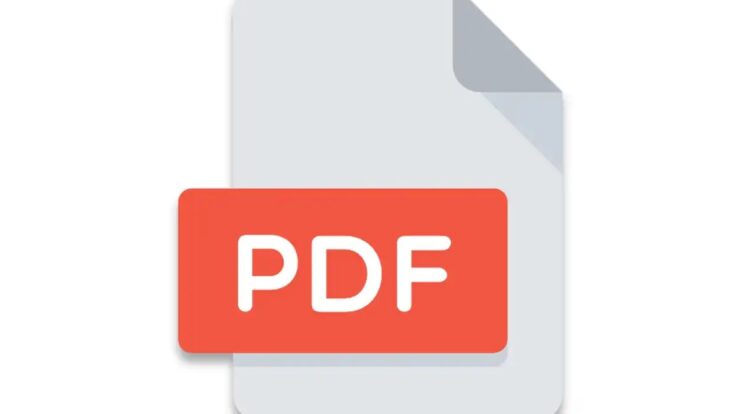
Creating invoices might not be the most glamorous or exciting part of running a business but it is essential for your business success. Implementing an effective and efficient invoicing system is crucial in ensuring that you get paid in a timely manner. Failing to take the time to issue well-laid-out invoices could mean missed or delayed payments, leaving you with less cash flow available to run your business.
As a business owner, you already have a lot to manage. Looking after your invoicing process is one less thing you will need to worry about once you have a proper system in place for issuing invoices and receiving payments. Creating an invoice template that you can fill out when necessary can be a great time saver and allow you to be more consistent with your invoicing going forward. Every invoice that you send will contain the same basic information. With a well-crafted template, you will simply need to update it with the relevant client and order information, allowing you to issue invoices with ease.
Let’s take a look at what details you need to include in your business invoices to ensure prompt payment from your clients.
Business Details
Every business invoice you issue must include some basic information about your business. This will ensure that your clients know exactly where the invoice is coming from and who to contact if there are any issues that they need to address. Your invoices should include your full business name, address, email address, website address and phone number. It’s also important to include your Australian Business Number (ABN) or Australian Company Name (ACN).
Unique Invoice Details
Each invoice that you issue, needs to be easily identifiable and distinguishable from one another. This will help you to stay organised and keep better invoicing records. Give each invoice a unique invoice number so that you can locate it in your system if you need to find it quickly. It’s also wise to date each invoice. If your payment terms outline a particular payment timeframe, this is especially important.
Tax Information
If you make a sale of more than $82.50, including GST, customers who are registered for GST will require a tax invoice so they can claim a credit for the GST paid. A tax invoice must be issued within twenty-eight days of being requested and require some additional information to be included. In addition to the usual invoice information, a tax invoice must also include the GST amount payable, which can be listed separately or within the total price if it is exactly one-seventh of the total price and you state that the total includes GST. You must also outline the extent to which each sale includes GST.
Amount Due And Description Of Products/Services
Your invoice should clearly outline the products or services that the invoice is charging for and the amount owed. Be sure to list the quantity if you are selling a product. If your service is charged at an hourly rate, breakdown the time spent on the project. Clearly outlining the costs will ensure there is no confusion when the invoice is issued which will result in quicker payment.
Details Of Payment
To ensure you get paid on time, you need to make it as easy as possible for your clients to pay your invoice. Your invoice should include a list of payment options that you accept, your bank details if applicable and your payment terms. Making it as straightforward as possible for your clients to pay is the best way to guarantee that your invoices are processed as quickly as possible.
Create An Efficient And Effective Invoicing System For Your Business
With an effective invoicing system in place for your business, you can ensure that our invoices are issued efficiently and that payments are received on time. Having regular cash flow will allow your business to operate productively going forward as you continue to grow and evolve your business.


